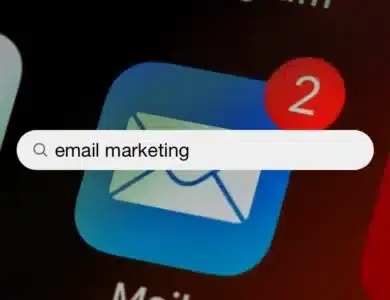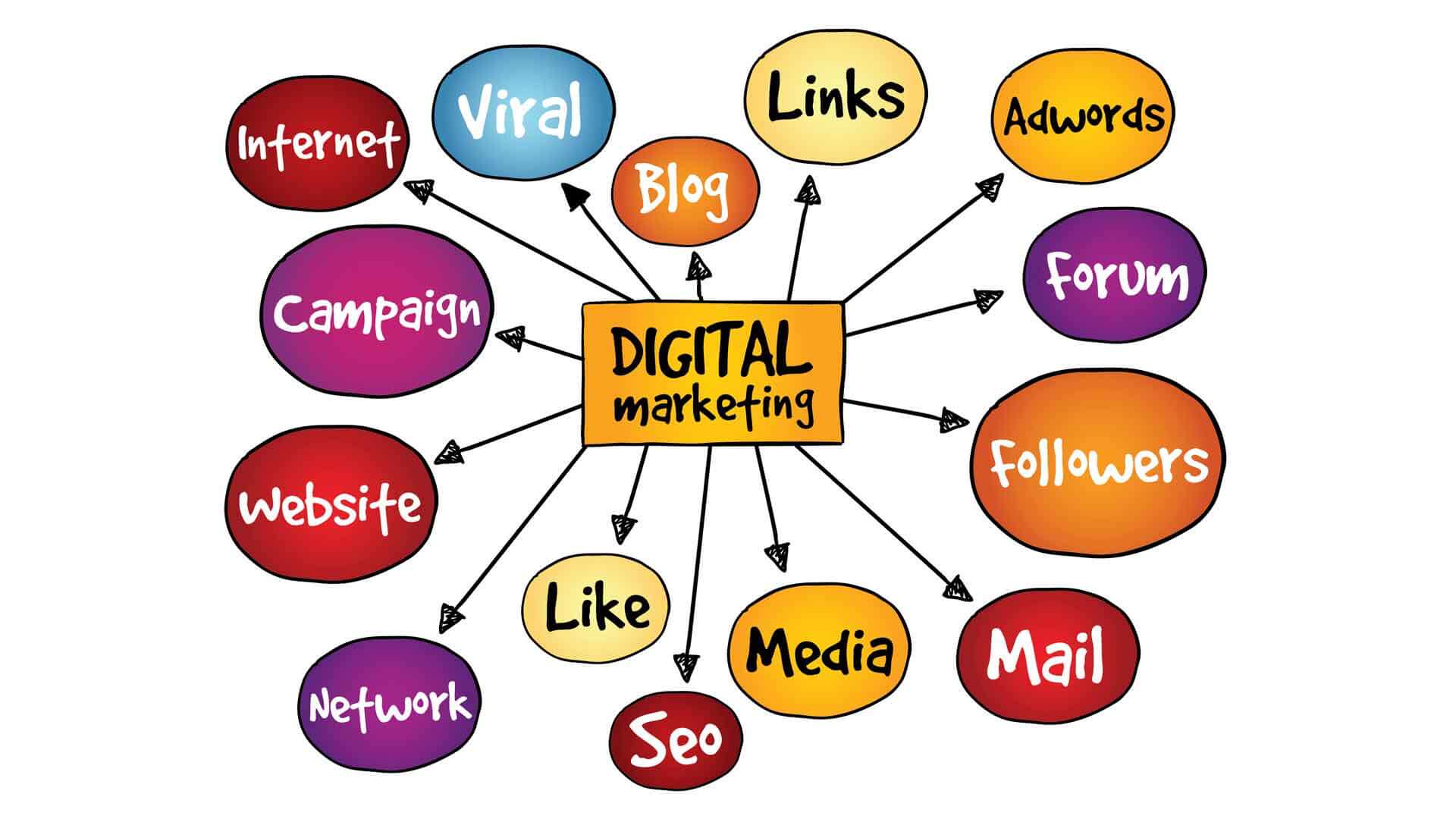
Table of Contents
What is a marketing campaign?
Marketing campaigns are a strategic approach taken by businesses to promote their products or services through various channels. A well-executed marketing campaign can significantly impact a business by increasing brand awareness, driving sales, and fostering customer loyalty. It involves a series of coordinated activities designed to achieve specific marketing goals within a set timeframe.
Successful marketing campaigns are often characterized by their ability to capture the attention of the target audience, evoke emotions, and create a lasting impact. They utilize various marketing channels such as social media, television, print media, and online platforms to reach a wider audience and convey a compelling message. Great campaigns also typically have a great marketing strategy.

Case study: Nike’s “Just Do It” campaign
Nike’s “Just Do It” campaign is a prime example of a marketing strategy that transformed the business. Launched in 1988, this iconic campaign revolutionized Nike’s brand image and positioned the company as a symbol of determination, athleticism, and empowerment.
The core message of the campaign was simple yet powerful: “Just Do It.” It encouraged individuals to push their limits, overcome obstacles, and pursue their goals. The campaign featured high-profile athletes such as Michael Jordan and Bo Jackson, showcasing their dedication and relentless spirit.
By associating their brand with the values of perseverance and achievement, Nike successfully captured the hearts and minds of consumers. The “Just Do It” campaign not only boosted Nike’s sales but also solidified its position as a leading sportswear brand globally.
Case study: Coca-Cola’s “Share a Coke” campaign
Coca-Cola’s “Share a Coke” campaign is another remarkable example of a marketing strategy that had a transformative impact. Launched in 2011, this campaign aimed to personalize the Coca-Cola experience by replacing the iconic logo on Coke bottles with popular names and phrases.
The “Share a Coke” campaign tapped into the social aspect of drinking Coke and encouraged people to connect and share their stories. By personalizing the bottles, Coca-Cola created a sense of exclusivity and uniqueness, driving consumer engagement and sparking conversations.
The campaign was a massive success, with people actively searching for bottles with their names or the names of loved ones. It generated a significant buzz on social media, leading to increased brand visibility and consumer loyalty. The “Share a Coke” campaign became a global phenomenon, reinforcing Coca-Cola’s position as a beloved and iconic brand.
Case study: Old Spice’s “The Man Your Man Could Smell Like” campaign
Old Spice’s “The Man Your Man Could Smell Like” campaign is a prime example of a marketing strategy that completely revitalized a brand. Launched in 2010, this campaign aimed to reposition Old Spice from a traditional brand targeting older men to a modern, youthful brand appealing to both men and women.
The campaign featured a series of humorous and attention-grabbing commercials, showcasing a confident and charismatic character known as “The Old Spice Man.” These commercials quickly became viral sensations, with millions of views on YouTube and widespread social media discussions.
By injecting humor and creating memorable content, Old Spice successfully reinvented its image and attracted a younger audience. The campaign not only increased sales but also generated significant brand awareness and recognition. Old Spice became a relevant and desirable brand for a new generation of consumers.
Case study: Dove’s “Real Beauty” campaign
Dove’s “Real Beauty” campaign is a powerful example of a marketing strategy that challenged societal norms and had a profound impact on the beauty industry. Launched in 2004, this campaign aimed to redefine beauty standards by celebrating women of all shapes, sizes, and ages.
The “Real Beauty” campaign featured real women instead of professional models, showcasing their natural beauty and promoting self-acceptance. It encouraged women to embrace their unique traits and reject unrealistic beauty standards perpetuated by the media.
The campaign resonated with women worldwide, sparking conversations about body positivity and self-esteem. It not only increased Dove’s sales but also positioned the brand as a champion of inclusivity and empowerment. The “Real Beauty” campaign set a new benchmark for the beauty industry and inspired other brands to embrace diversity.
Case Study: Apple’s “Think Different” campaign
Apple’s “Think Different” campaign is a legendary example of a marketing strategy that transformed the perception of a brand. Launched in 1997, this campaign aimed to position Apple as an innovative and visionary company, targeting those who think differently and challenge the status quo.
The “Think Different” campaign featured iconic figures such as Albert Einstein, Martin Luther King Jr., and Mahatma Gandhi, highlighting their revolutionary ideas and contributions to society. Through powerful storytelling, Apple aligned its brand with these visionaries, inspiring individuals to embrace their uniqueness.
The campaign was highly successful in reshaping Apple’s image and attracting a loyal customer base. It portrayed Apple as a brand that values creativity, innovation, and individuality. The “Think Different” campaign played a pivotal role in Apple’s resurgence and established the company as a leader in the tech industry.

Key Takeaways from Successful Campaigns with Good A Marketing Strategy
Successful marketing strategy and campaigns share several common elements that contribute to their effectiveness. Firstly, they have a clear and compelling message that resonates with the target audience. They understand the needs and desires of their consumers and deliver a message that evokes emotions, drives action, and creates a lasting impact.
Secondly, successful campaigns utilize various marketing channels to reach a wider audience and maximize brand exposure. They leverage social media, television, print media, and online platforms to create a multi-dimensional presence and engage with consumers across different touchpoints.
Thirdly, successful campaigns are backed by thorough research and planning. They understand their target audience, their preferences, and their pain points. This enables them to craft a message that addresses their needs and positions their brand as a solution.
Lastly, successful campaigns are measurable and adaptable. They track key performance indicators (KPIs) to evaluate the effectiveness of their strategies and make adjustments as needed. This allows them to optimize their campaigns for better results and continuous improvement.
How to create a successful marketing campaign
Creating a successful marketing campaign requires careful planning, creativity, and a deep understanding of your target audience. Here are some key steps to follow:
- Define your marketing goals: Clearly identify what you want to achieve with your campaign. Whether it’s increasing brand awareness, driving sales, or fostering customer loyalty, having specific goals will guide your strategy.
- Know your target audience: Conduct thorough market research to understand your target audience’s demographics, preferences, and pain points. This will help you tailor your message and choose the right marketing channels to reach them effectively.
- Craft a compelling message: Develop a clear and compelling message that resonates with your target audience. Focus on addressing their needs, desires, and aspirations. Use storytelling techniques to create an emotional connection and make your message memorable.
- Choose the right marketing channels: Identify the marketing channels that are most likely to reach your target audience. Consider social media platforms, traditional advertising mediums, and online platforms to create a comprehensive campaign.
- Monitor and measure: Implement tracking mechanisms to monitor the performance of your campaign. Analyze key metrics such as reach, engagement, and conversions to assess its effectiveness. Make adjustments as needed to optimize your results.
- Engage with your audience: Actively engage with your audience through social media, customer feedback, and interactive campaigns. Encourage participation, respond to queries, and show genuine interest in their opinions. This will foster brand loyalty and create a positive brand image.
Benefits of a well-executed marketing strategy campaign
A well-executed marketing campaign with a great marketing strategy can bring numerous benefits to a business, including:
- Increased brand awareness: A successful campaign can significantly boost brand visibility and exposure. It helps your brand stand out from competitors and creates a lasting impact in the minds of consumers.
- Enhanced customer engagement: A compelling campaign encourages active engagement from your target audience. By creating interactive experiences and encouraging participation, you can build meaningful relationships with your customers.
- Improved sales and revenue: An effective marketing campaign can drive sales and increase revenue. By effectively communicating the value of your products or services, you can influence consumer behavior and generate more sales.
- Strengthened brand loyalty: A well-executed campaign can foster brand loyalty and create a community of loyal customers. By consistently delivering a compelling message and meeting customer expectations, you can build trust and loyalty.
- Competitive advantage: A successful marketing campaign can give your business a competitive edge. By effectively differentiating your brand from competitors and positioning it as a preferred choice, you can attract new customers and retain existing ones.
In conclusion, marketing campaigns play a vital role in transforming businesses by increasing brand awareness, driving sales, and fostering customer loyalty. Successful campaigns such as Nike’s “Just Do It,” Coca-Cola’s “Share a Coke,” Old Spice’s “The Man Your Man Could Smell Like,” Dove’s “Real Beauty,” and Apple’s “Think Different” have revolutionized their respective industries. By learning from these examples and following key steps, businesses can create their own successful marketing campaigns that have a lasting impact. So, take the leap, think creatively, and let your marketing strategy transform your business.
Frequently Asked Questions
How Do You Create a Marketing Strategy?
Creating a marketing strategy is very similar to creating a marketing plan. To make a good marketing strategy, understand your business and marketing goals. Then focus on one or two platforms at a time.













